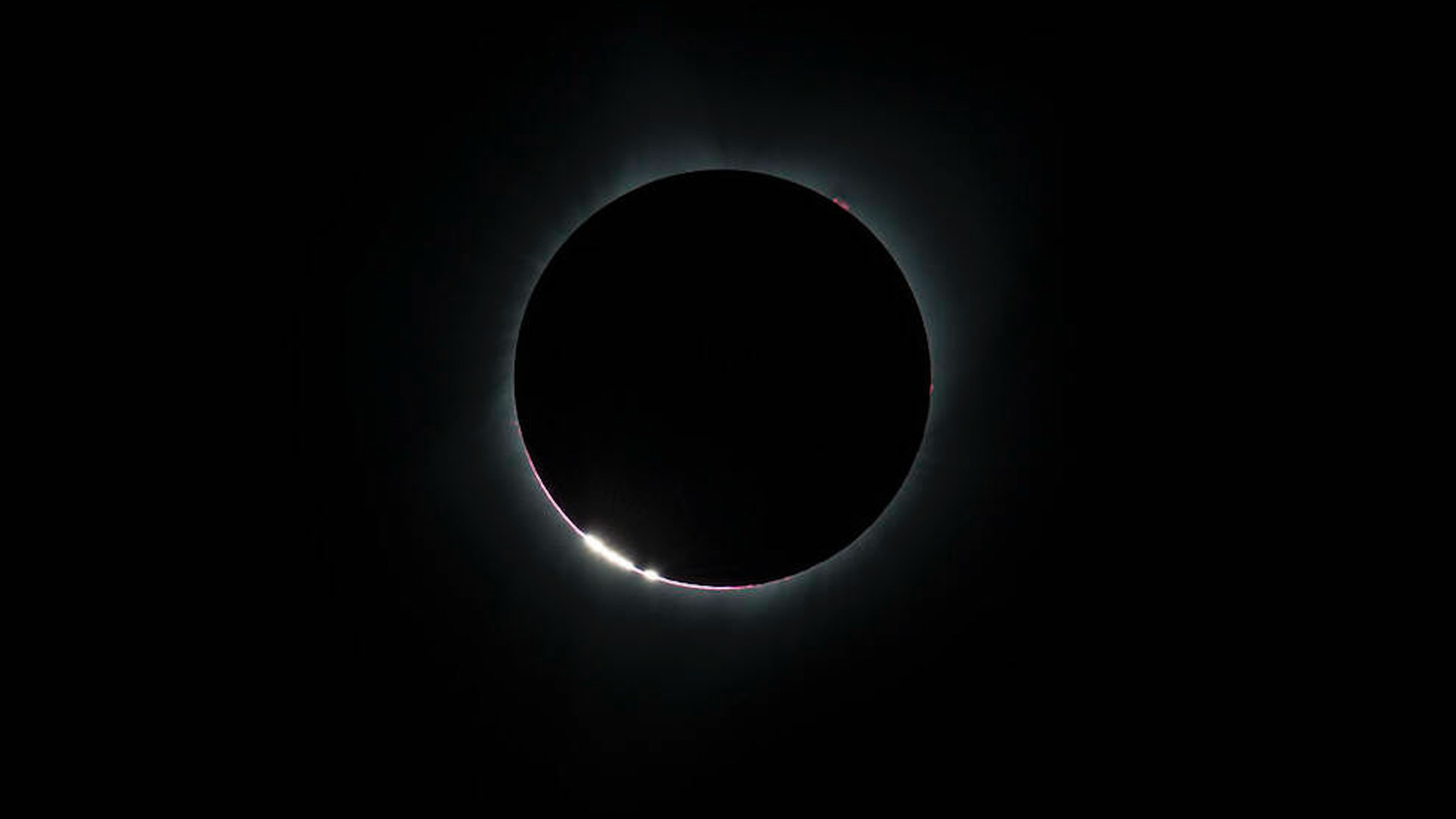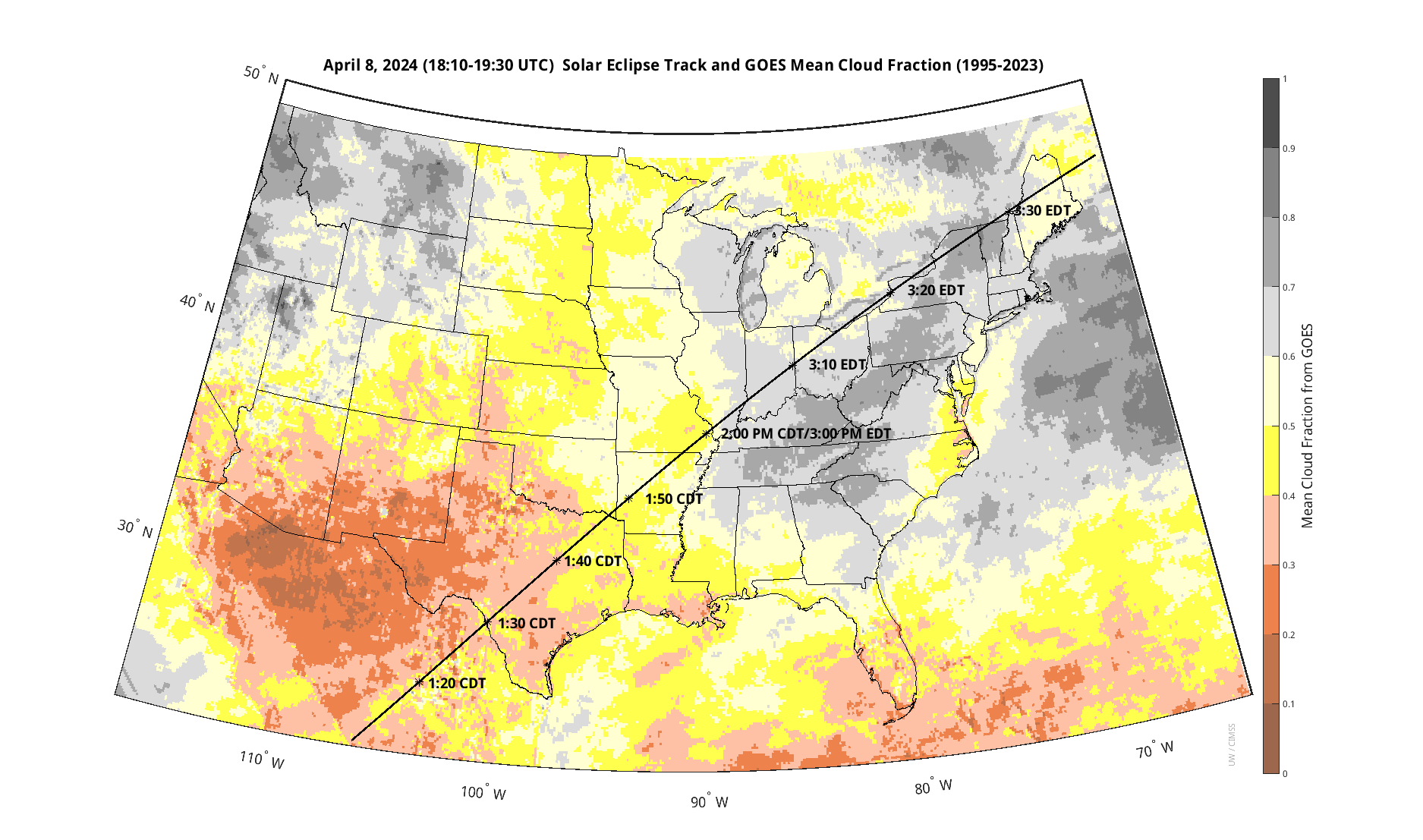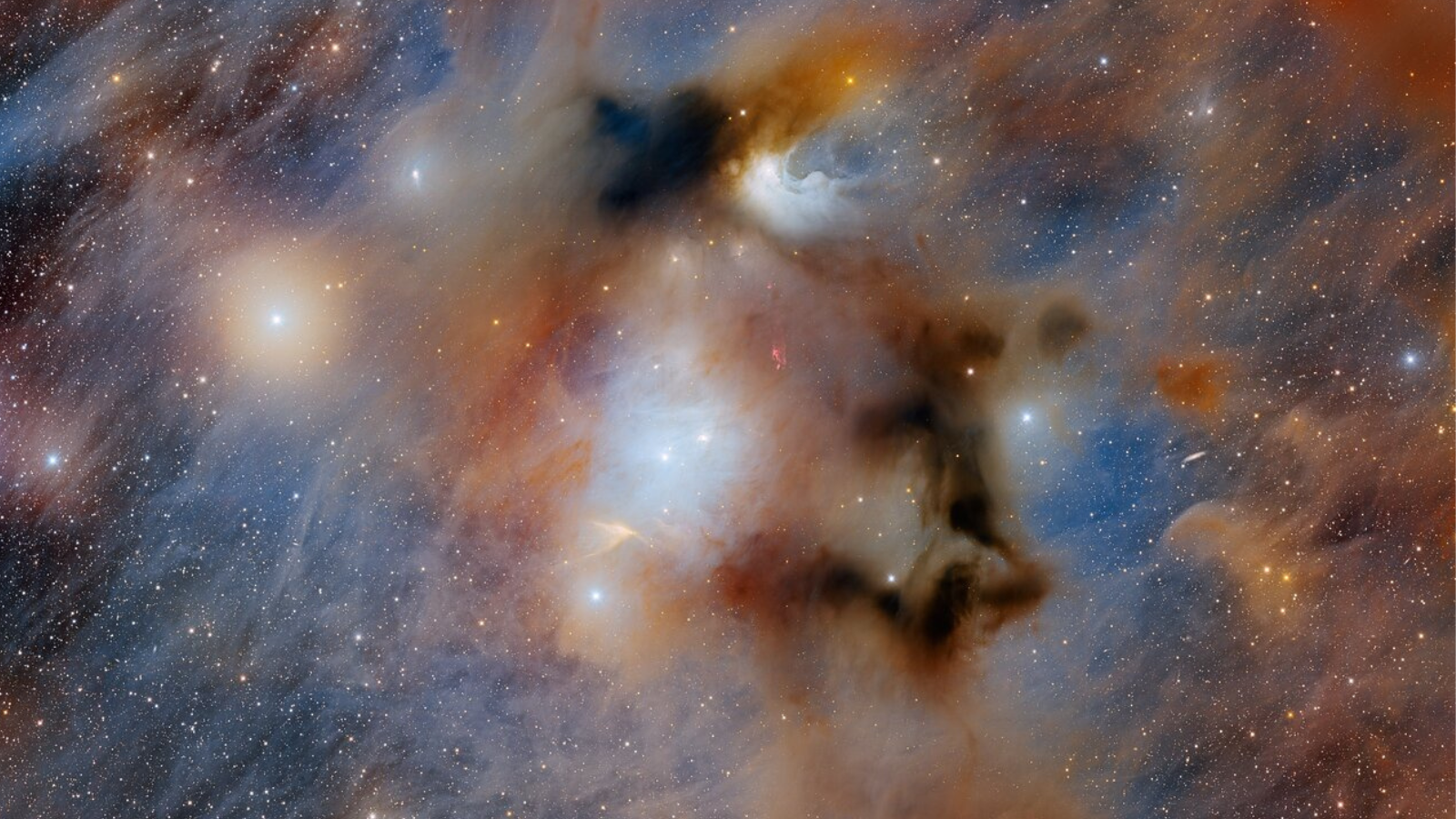I screwed up and missed the solar eclipse in 2017. I won't make that same mistake on April 8.
Totality or bust!

The total solar eclipse that swept across North America in 2017 was a spectacle rarely witnessed in the U.S., and millions of Americans crammed themselves into the narrow band of totality where the silhouette of the moon perfectly blocks the sun's disk in the sky.
I was not among them. While I'm tempted to blame my mother, who didn't want to make the trip from Wilmington, North Carolina, down to Charleston, South Carolina, to be in the path of totality, I only have myself to blame. I didn't appreciate the difference that just a few miles can make when it comes to a solar eclipse.
Standing in the parking lot of my mom's apartment complex, she and I, along with my brother, donned our protective eclipse glasses like everyone else and watched the moon start to eat away at the sun.
Related: Here are the most amazing photos and videos of the 2017 solar eclipse
Over the next half hour or so, the sun's disk turned into a bright and narrow crescent that mimicked the monthly progression of the waning crescent moon at night. It was a profound experience in a lot of ways, especially for an old English major like me who could dash off a poem or two about the dialectic crescent and disk in the sky, switching places as if trying on costumes of each other for fun before resuming the natural order of things.
But I also knew I had made a terrible mistake not bundling my family into a car, under protest if necessary, in the early hours of that morning and driving the few hours south to Charleston to see the full 2017 eclipse.
I truly hadn't appreciated how much of a difference 4% can make when we're talking about totality. As the name suggests, you are either in the path of totality, where the moon fully blocks the sun from view, or you are not, and Wilmington was just on the cusp, with 96% of totality at its height. What I saw was interesting, but it couldn't compare to the once-in-a-lifetime false night that I'd passed up on just down the road in Charleston.
Get the Space.com Newsletter
Breaking space news, the latest updates on rocket launches, skywatching events and more!
Fortunately, we live in a time of miracles, and even then I knew I only had to wait another few years for another total solar eclipse to snake its way across the United States. I swore that I would not let the experience slip away again if I could help it.

A lot has happened in the seven years since I missed the last total eclipse, but 2024 was never far from my mind. After this most recent New Year's Day came and went, I started looking at pictures and maps of the path of totality and tried to plan for April 8.
I have an old roommate who lives in Rochester, New York, and an even older friend who lives in Burlington, Vermont, both of which are in the path of totality and an easy train ride from New York City. Both offered to host me for the eclipse, and it wouldn't be all that expensive a trip, all things considered.
But one map in particular has haunted me these past couple of months now: average cloud cover in April in the United States. You've almost certainly seen it, or some variation of it. It's a heat map of sorts, with a bright orange and red blotch over the Southwest and white and dark gray blanketing the Northeast, where I live. April showers may bring May flowers, but they can also spoil an eclipse, and I was dead-set against blowing my second chance.
As life and luck would have it, my brother moved to Dallas for work a few years ago, and he now lives right in the path of totality for the April 8 eclipse. And so I've had to weigh my options: take a quick ride up north and risk a fluffy blanket of cloud cover completely blocking my last best chance to see an eclipse in my lifetime, or fly to Dallas and hope that the Texas thunderstorms of early spring get a late start this year.
In the end, it's that map that decided for me. Texas has the best chance, outside of Mexico, of having an unobstructed view of the total eclipse for at least some appreciable amount of time. So I'm off to Texas at the end of the week, but that will only be the beginning of the adventure.
Related: Why I’m staying home for the April 8 solar eclipse
As we've gotten closer to April 8, I've been listening to local Texas weather forecasters warning about what anyone who has spent time in central Texas knows — namely, that April can be a stormy month.
When I was at Baylor University in the early 2000s, I got used to fast-moving storms developing almost out of nowhere as the Texas heat did funny things to the air, saturated as it was with water from the Pacific and the Gulf of Mexico. I remember how locals used to tell me that if I didn't like the weather in Texas, I should wait 10 minutes.
The more I dig into next week's weather, the more I'm appreciating what I'm up against as forecasters caution that cloud cover is still a major concern and that people need to be prepared to move at a moment's notice. Those orange and red splotches on the cloud cover maps aren't forecasts, so there's no getting around the gamble that I'm taking with Dallas.
Once we get to within an hour of the eclipse beginning, a perfect viewing spot along the path of totality can turn darkly overcast in half an hour, and there may not be time to speed off to a better spot once the eclipse approaches. After all, I wouldn't be the only one with that idea. Texans can't drive to save their lives at the best of times, so everyone rushing to the highway to get a better seat for the eclipse means traffic will likely keep us locked in place once we get past 12 p.m. CDT.
As such, my brother and I are already planning out routes that we might have to take out of Dallas in the early morning hours to get clear of any clouds or weather systems that develop over the weekend, and hopefully position ourselves with enough room to move if that suddenly becomes necessary.
Fortunately, 100 miles (160 kilometers) south on I-35 takes us right past Baylor University in Waco, which will get more than four minutes of totality next week. And if that's still not enough to clear any storms or cloud cover, another 50 miles (80 km) or so gets us to Killeen, and Austin beyond that, all in the path of totality, though for only about three minutes.
We haven't ruled out heading north into Oklahoma or Arkansas either, but in all likelihood, we won't know where we'll be until the early morning hours of the April 8 at the earliest. Whatever happens, all you can do is prepare a plan, carry it out, and hope for the best, because at the end of the day, where I am isn't what's going to matter to me.
What matters is seeing one of the most spectacular sights in our solar system with my own eyes, and getting to experience it with my big brother after we both missed out on it nearly a decade ago.
Submit your photos! If you capture a photo of the April 8 total solar eclipse and would like to share it with Space.com's readers, send photos, videos, comments, and your name, location and content usage permission release to spacephotos@space.com.
Join our Space Forums to keep talking space on the latest missions, night sky and more! And if you have a news tip, correction or comment, let us know at: community@space.com.
John is a science and technology journalist and Space.com contributor. He received his B.A. in English and his M.A. in Computer Science from the City University of New York, Brooklyn College, and has bylines with TechRadar, Live Science, GamesRadar, and other publications. You can find him on Bluesky at @johnloeffler.bsky.social or seeking out dark sky country for spectacular views of the cosmos.

